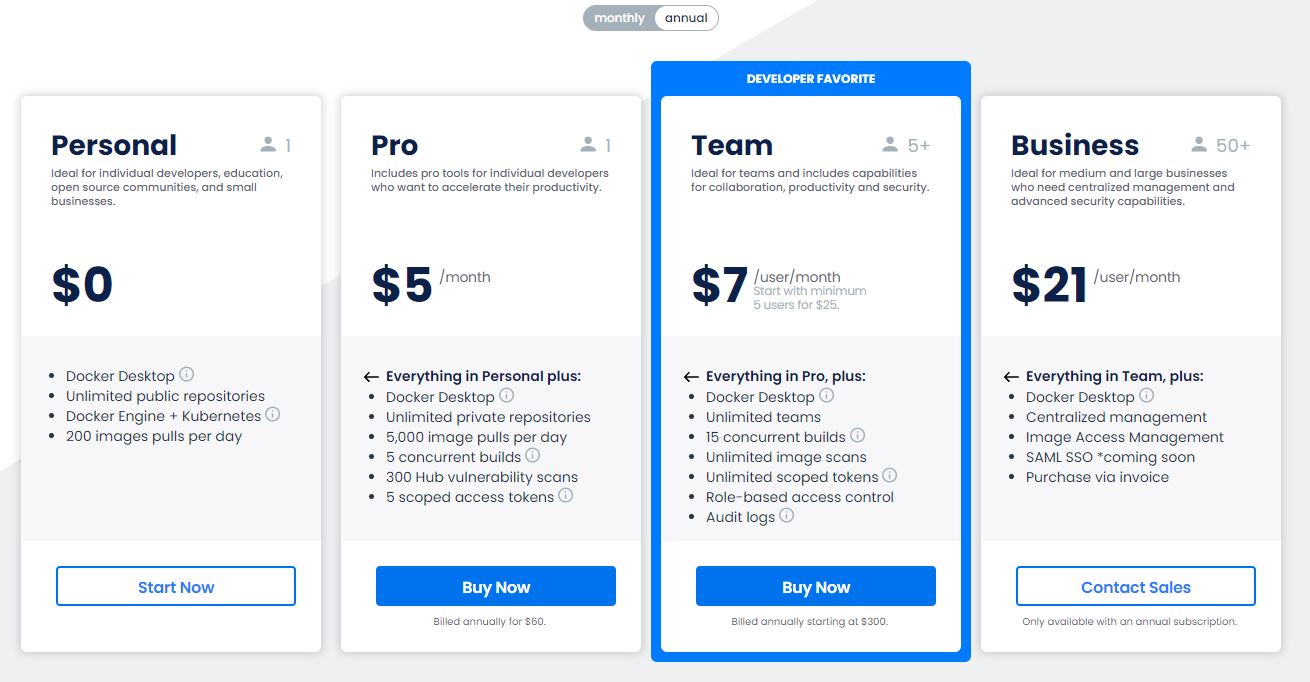

- Docker desktop latest version update#
- Docker desktop latest version password#
- Docker desktop latest version mac#
Older versions of docker scan in Docker Desktop 4.3.0 and earlier versions areīlog post Apache Log4j 2 CVE-2021-44228. Log4j 2 CVE-2021-44228: We have updated the docker scan CLI plugin for you. This new version of docker scan is able to detect Log4j 2įor more information, read the blog post Apache Log4j 2 Log4j 2 CVE-2021-44228: We have updated the docker scan CLI plugin. Gaining access to this data would require having access to the user’s local files. This only affects users if they are on Docker Desktop 4.3.0, 4.3.1 and the user has logged in while on 4.3.0, 4.3.1.
The tips of the week show on top of the mandatory login dialog when an organization restriction is enabled via a registry.json file. Fixed an issue where putting the machine to Sleep mode after pausing Docker Desktop results in Docker Desktop not being able to resume from pause after the machine comes out of Sleep mode. Fixed a regression in Compose that reverted the container name separator from - to _. It is also possible that some Linux kernel bugs will only be fixed with cgroups v2. Although cgroups v1 should continue to work, it is likely that some future features will depend on cgroups v2. Docker desktop latest version update#
If your software requires cgroups v1, you should update it to be compatible with cgroups v2.
Added a deprecated option to settings.json: "deprecatedCgroupv1": true, which switches the Linux environment back to cgroups v1. Fixed the memory statistics for containers in the Dashboard. If you are using multiple organizations for different groups of developers, you must provision a separate registry.json file for each group. Docker Desktop displays an error if registry.json contains more than one organization in the allowedOrgs field. Docker desktop latest version password#
Signing in to Docker Desktop now takes you through the browser so that you get all the benefits of auto-filling from password managers. For more information, see Single Sign-on. Single Sign-on: Users with a Docker Business subscription can now configure SSO to authenticate using their identity providers (IdPs) to access Docker. 
Easy, Secure sign in with Auth0 and Single Sign-on.
 Fixed CVE-2021-45449 that affects users currently on Docker Desktop version 4.3.0 or 4.3.1.ĭocker Desktop version 4.3.0 and 4.3.1 has a bug that may log sensitive information (access token or password) on the user’s machine during login.
Fixed CVE-2021-45449 that affects users currently on Docker Desktop version 4.3.0 or 4.3.1.ĭocker Desktop version 4.3.0 and 4.3.1 has a bug that may log sensitive information (access token or password) on the user’s machine during login. Docker desktop latest version mac#
Limit the number of CPUs to 8 on Mac M1 to fix the startup problem.Fixed an issue where the About Docker Desktop window wasn’t working anymore.Fixed an issue where Docker Desktop incorrectly prompted users to sign in after they quit Docker Desktop and start the application.For example, if the user started a Docker Compose application in V1 and then switched to Docker Compose V2, attempts to stop the Docker Compose application would fail. Fixed an issue that didn’t allow users to stop a Docker Compose application using Docker Dashboard if the application was started in a different version of Docker Compose.Increased the filesystem watch (inotify) limits by setting fs.inotify.max_user_watches=1048576 and fs.inotify.max_user_instances=8192 in Linux.Fixed an issue that caused the VM to become unresponsive during startup when using osxfs and when no host directories are shared with the VM.The ‘docker version’ output now displays the version of Docker Desktop installed on the machine.

For more information, see the blog post New Docker Menu & Improved Release Highlights with Docker Desktop 4.5
Docker Desktop 4.5.0 introduces a new version of the Docker menu which creates a consistent user experience across all operating systems. Fixed CVE-2021-44719 where Docker Desktop could be used to access any user file on the host from a container, bypassing the allowed list of shared folders. Take a look at the Docker Public Roadmap to see what’s coming next. This page contains information about the new features, improvements, known issues, and bug fixes in Docker Desktop releases. The grace period for those that will require a paid subscription Commercial use of Docker Desktop in larger enterprises (more than 250Įmployees OR more than $10 million USD in annual revenue) now requires a paid








 0 kommentar(er)
0 kommentar(er)
